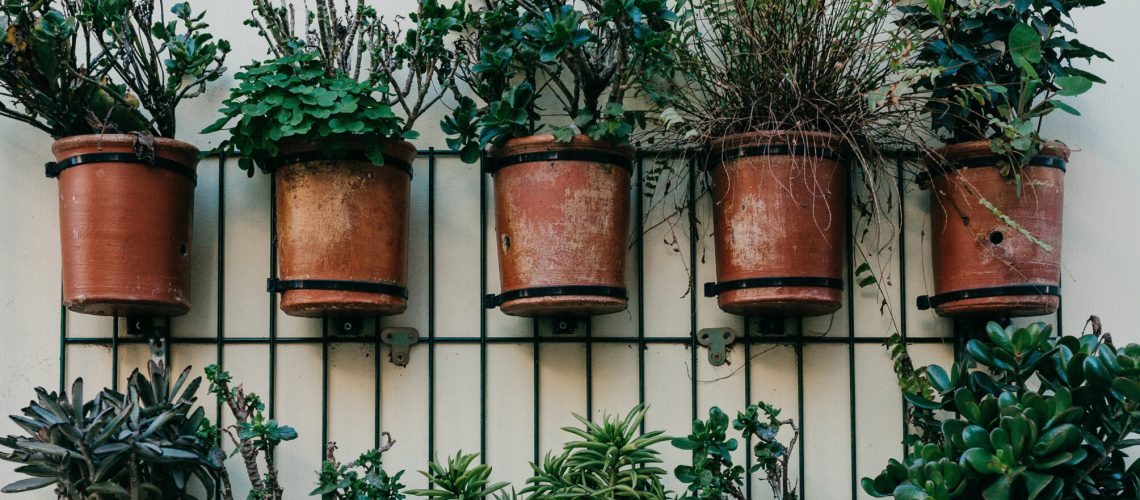In Full Bloom | A Garden to Root For

by: Rebecca Poole, American Lifestyle Magazine
Spring is the best time to flex your green thumb, but if you don’t know where to start, this guide will lay down the blueprint for just how to grow your very own indoor and outdoor gardens.
Indoors
Nothing elevates a spring meal like some fresh herbs—all the better if those, too, are homegrown. An indoor garden can also double as decor by adding some greenery to your kitchen. Here are some tips to bring out your inner gardener.
Everyone knows that for plants to grow, they need sunlight—especially indoor plants. If your kitchen isn’t in a sunny spot, then you may need to find another area for your herb garden to grow. Set up a table close to a window that gets a lot of light throughout the day. Planting your herbs in separate containers is crucial to making sure they grow successfully. This also ensures that if one plant dies, it doesn’t affect the others. Besides lighting and proper planting, watering correctly is one of the most vital aspects to caring for your indoor garden. Herbs, unlike most plants, don’t need to be regularly watered. Overwatering can damage herbs, so make sure you read up on what you’re planting to learn how often you should water them.
Outdoors
From aromatic florals to hearty vegetables, an outdoor garden comes in many forms.
HERBS AND VEGGIES
- Soil is important when it comes to growing a successful outdoor garden because of the elements. It may be useful to get a soil thermometer so you can keep track of the temperature. The ideal soil temperature for the most common veggies will be around 70 degrees. Depending on what you’re planting, the type of soil will differ. For a vegetable garden, you should use compost soil or something similar, and avoid heavy soil. Remember to regularly water and remove weeds from your garden.
FLOWERS
- When it comes to flowers, you have to decide between perennials and annuals. You can choose to plant both, but keep in mind that each requires various types of care. Perennials are long-term plants—the roots are there to stay and bloom year after year. Annuals are short-term flowers and need to be planted each year. As new bulbs are growing, make sure to water them frequently. Once the roots grow in, a watering schedule is then contingent on humidity and rain regularity: the more humid and rainy your area is, the less you have to water, and vice versa.
A well-cared-for garden adds color to your home and will up your curb appeal, making your home the one to envy throughout the neighborhood.










